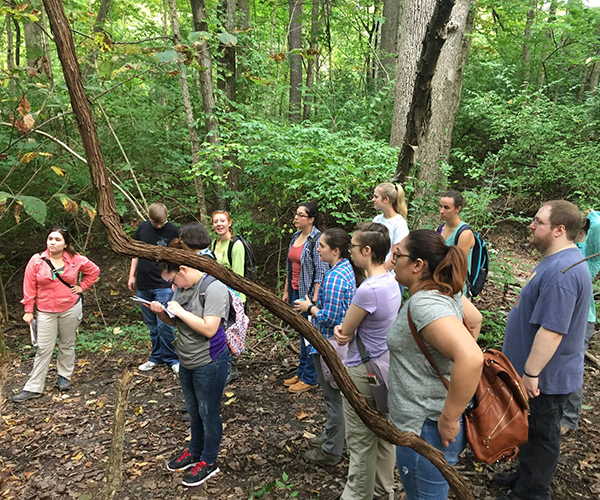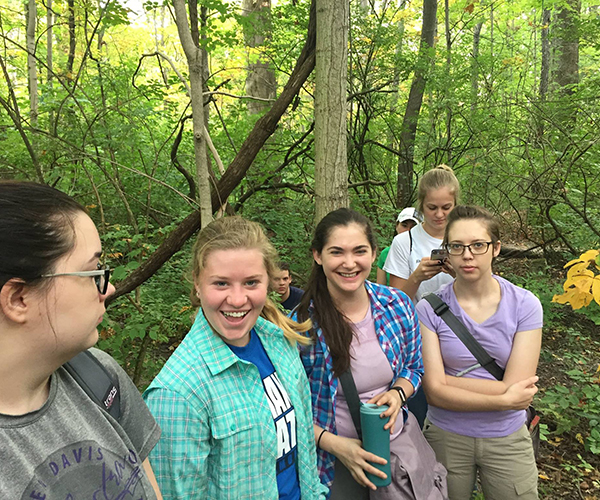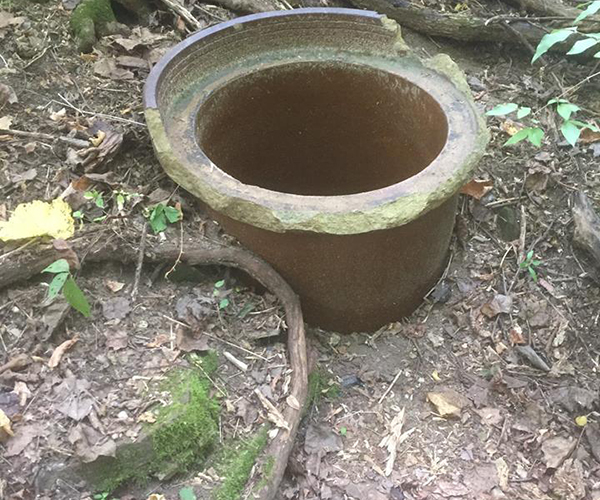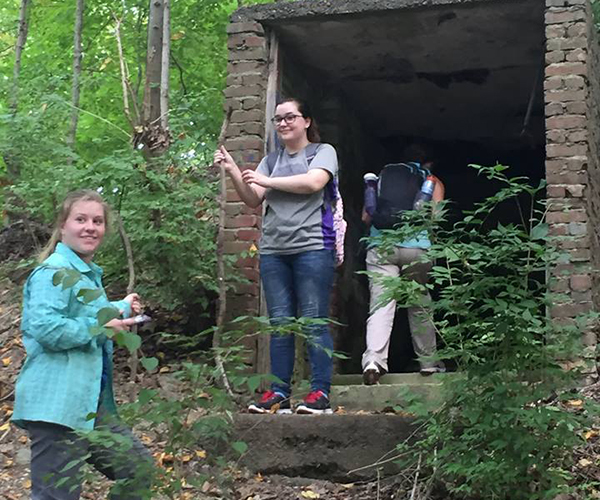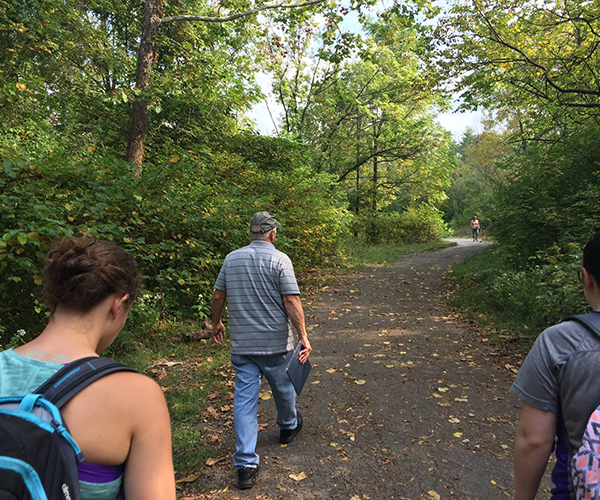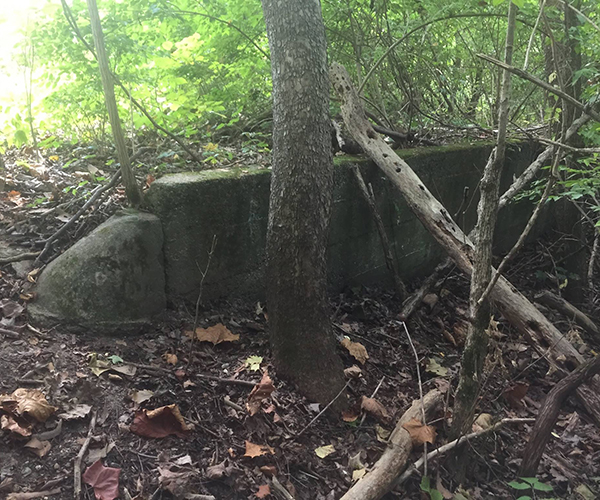“The Materiality of Ghosts” explores fascination with haunted places

A new interdisciplinary collaboration at the University of Indianapolis explores popular fascination with spirits and ghosts and why certain places develop a reputation for being “haunted.”
The project is called “The Materiality of Ghosts” and represents the fusion of archaeology and experience design to engage in a variety of projects, including a survey of the former location of the legendary House of Blue Lights at Skiles Test Park in Indianapolis. Christopher Moore, associate professor and chair of anthropology, and Samantha Meigs, associate professor of history and director of the University’s Experience Design program, are leading the project, which was made possible through an InQuery Grant from the University of Indianapolis.
“Our goal is to better understand the ways in which objects and places get incorporated into or provide the basis for legends and stories of the paranormal. The Skiles Test investigations are just one part of this broader investigation,” said Moore.
Students will study stories and data for recurring patterns, origins and future evolution, as well as surveys of real-life locations to discover, collect and archive artifacts, Meigs said.
The project aims to show students from various disciplines how their areas of study can help connect the past to the present – and in the process, become more relevant to the public. The popularity of history-themed topics on television – ranging from family heirlooms to haunted house history – speaks to the fascination with personal history and local folklore. Investigators hope to overcome the stereotype of history as boring or irrelevant and demonstrate how academics can capitalize on existing interests.
In September, University of Indianapolis students completed an archaeological survey of a portion of Skiles Test Park. They found artifacts and evidence, including the pet cemetery and the ruins of several buildings. The ultimate goal is to create a database of haunted objects and tools used to engage ghosts and spirits.
That’s just the beginning. The group also will visit with spiritualists, survey popular ghost-hunting television shows, participate in a ghost hunt and engage the public in conversations about so-called haunted sites to better understand how the past comes alive in the present.
The final results of the research will be published as part of the University of Indianapolis Material Culture Lab’s Technical Reports series and will be submitted to the Indiana DNR Division of Historic Preservation and Archaeology for review.

